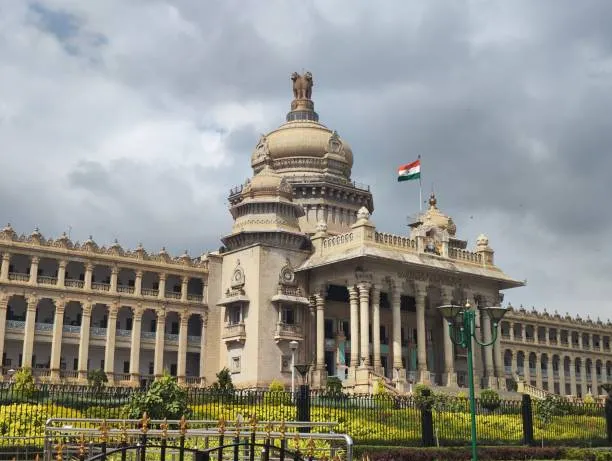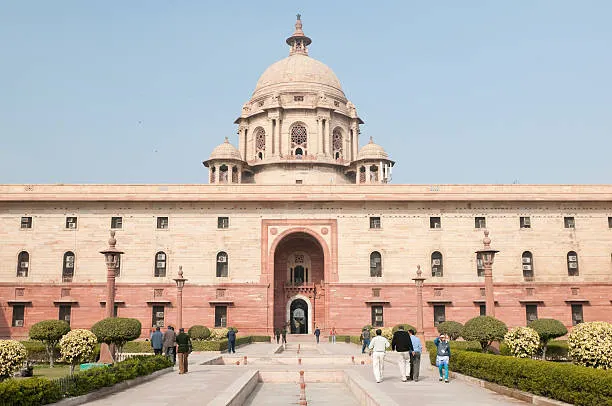The Indian Parliament, the supreme legislative body of the country, is the focal point of Indian democracy. Housed in the magnificent Parliament House Complex in New Delhi, it is the venue where the nation’s fate is shaped, debated, and decided. Headed by the Prime Minister and comprising two houses, the Lok Sabha (House of the People) and the Rajya Sabha (Council of States), the Indian Parliament is a complex, intriguing institution that has been the subject of much debate and scrutiny. In this article, we will go into the unique features of each house, exploring their powers, functions, and the nuances of how they work together to govern the country.
The Origins and Structure of the Indian Parliament
The Indian Parliament was established in 1950, following India’s independence from British colonial rule. The Constitution of India, which came into effect on January 26, 1950, laid the foundation for the country’s parliamentary system of government. The Parliament consists of two houses, the Lok Sabha and the Rajya Sabha, with a total strength of 543 members, 530 of whom are elected representative from constituencies across the country, while the remaining 13 are nominated by the President to represent the Anglo-Indian community. The Lok Sabha is the lower house, while the Rajya Sabha is the upper house.
The Powers and Functions of the Lok Sabha

The Lok Sabha is the people’s house, directly elected by citizens through a democratic process. It is responsible for passing laws, approving the budget, and holding the government accountable. The Lok Sabha has the sole power to initiate money bills, which are concerned with taxation and expenditure. It also impeaches the President and the Vice President, removes the judges of the Supreme Court and the High Courts, and passes censure motions against the government. The Lok Sabha is known for its energetic debates, which often shape public opinion and influence policy decisions.
The Powers and Functions of the Rajya Sabha
The Rajya Sabha, on the other hand, is a semi-permanent body, with one-third of its members retiring every two years. The Rajya Sabha is primarily responsible for reviewing and approving the bills passed by the Lok Sabha. Although it does not have the power to initiate money bills, it can give its opinion on the MONEY BILL which has the power to send the bill back to the Lok Sabha for reconsideration. The Rajya Sabha also scrutinizes the government’s policies and programs, providing a valuable check on the executive’s powers.
The Relationship Between the Two Houses
Despite their different powers and functions, the Lok Sabha and the Rajya Sabha are essential components of the parliamentary system. They work together to ensure the functioning of the government, with the Lok Sabha having more powers than the Rajya Sabha. When a bill is passed by the Lok Sabha, it is sent to the Rajya Sabha for consideration. If the Rajya Sabha rejects or proposes amendments to the bill, it is sent back to the Lok Sabha for further deliberation. If the Lok Sabha fails to agree with the Rajya Sabha, the bill is referred to a joint committee, comprising members from both houses, to resolve the differences.
The Indian Parliament is a vital institution that embodies the values of democracy and represents the aspirations of citizens across the country. The interplay between the Lok Sabha and the Rajya Sabha is a crucial aspect of India’s parliamentary system, reflecting the country’s commitment to federalism and checks and balances. As the Indian Parliament continues to evolve, it is essential to understand its inner workings and appreciate the unique features of each house. By doing so, we can better comprehend the intricate dynamics of India’s democratic process and ensure a brighter future for the nation.


